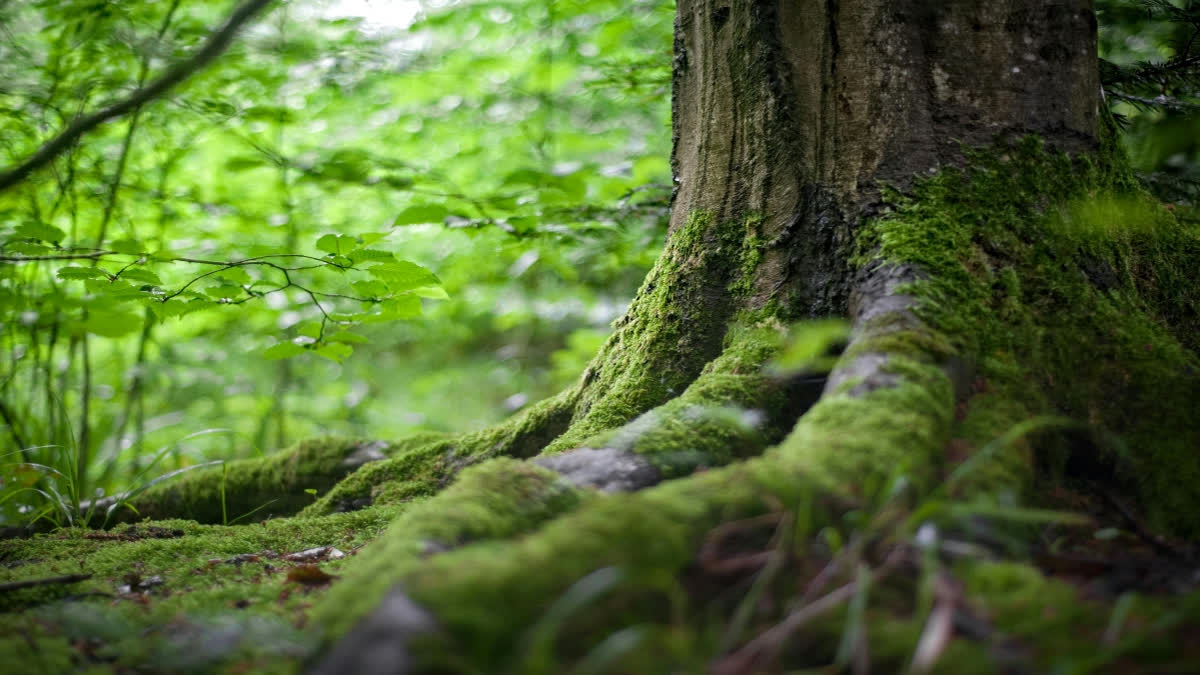Wayanad: A recent study by the International Journal of Environmental Research and Public Health, on the depleting percentage of green cover in Kerala over the years, showed the horrific state of deforestation in the state, catalysing natural calamities.
The study specified that in 2010, Kerala had 2 million hectares (Mha) of natural forest, extending over 60 per cent of its land area. 13 years later, in 2023, God's own land lost a whopping 9.60 kilo hectare (Kha) of natural forest, equivalent to 8.01 Metric Ton (Mt) of CO₂ emissions.
Specifiying the loss in the landslide-hit Wayanad, the study mentioned that the region had lost 91.5 kha of natural forest, extending over 75 per cent of its land area.
Natural cover is essential to a region's ecological balance, disruption of which alongside rising global warming rates can impact an area's balance, giving rise to serious disasters. The study also mentioned that in 2023, Wayanad lost 320 hectare of natural forest, equivalent to 709 Kilo tonne (Kt) of CO₂ emissions.
In the recent years, tree cover loss in the southern state has contributed to serious ecological imbalance, with increased habitat destruction, further leading to biodiversity loss. Deforestation in the area has also impacted flora and fauna, with rates of extinction of animals and plants going up higher than usual.
As per the study, from 2002 to 2023, Kerala lost 3.93 kha of humid primary forest, making up 4.1 per cent of its total tree cover loss in the same time period. Total area of humid primary forest in Kerala went down by 0.75 per cent in this time period. By definition, humid forests are those that receive substantial rainfall with or without a dry season.
One can imagine the condition of the region when jungles receiving such heavy amount of rainfall are on a constant shrink. The study mentioned Wayanad lost 72 ha of humid primary forest, making up 1.9 per cent of its total tree cover loss in the same time period.
Tree cover loss in Wayanad, Kerala: From 2001 to 2023, Wayanad lost 3.82 kha of tree cover, equivalent to a 2.3 per cent decrease in tree cover since 2000, and 2.54 Mt of CO₂e emissions. Components of net change in tree cover in Wayanad: From 2000 to 2020, Wayanad experienced a net change of -714 ha (-0.36%) in tree cover.
Large scale diversion of forest lands for non-forest purposes: As per Department records 11,524.91 sq.km, which constitute around 29.66 per cent of the area of the State (38,863 sq.km.), is forest. CAG observed that 21.81 per cent (2,513.53 sq.km.) of this land is diverted for non-forest purpose .
Fragmentation of forests in Wayanad District: As per the Management Plan of Wayanad Wildlife Sanctuary, forest land of Wayanad district in 1950 was 1,811.35 sq km which was reduced to 863.86 sq km in 2021. There is a reduction of 947.49 sq.km forest with corresponding increase in area under plantation, cultivation, etc., leading to fragmentation of the once continuous vegetation cover.
Diminishing size of green cover in the area is in sync with rising acres of plantation cover. A 2022 study on depleting forests in Wayanad showed that 62 per cent of the green cover in the district vanished between 1950 and 2018 while plantation cover rose by around a whopping 1,800 per cent.



